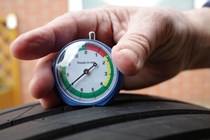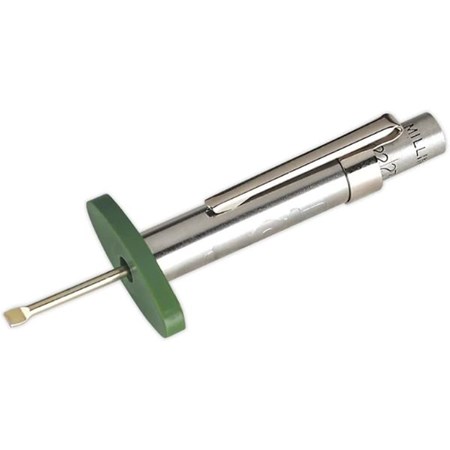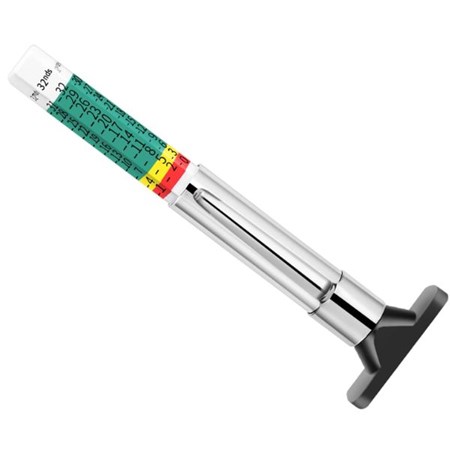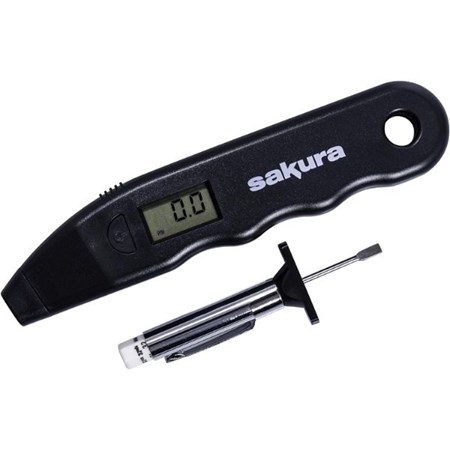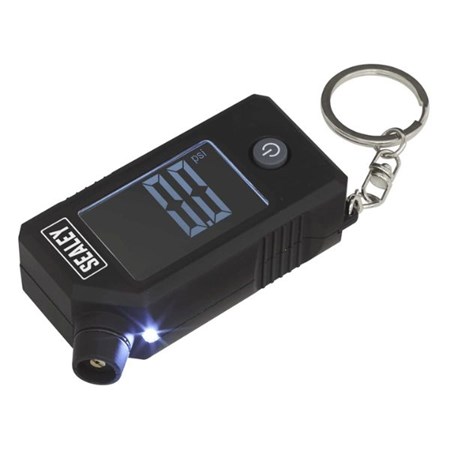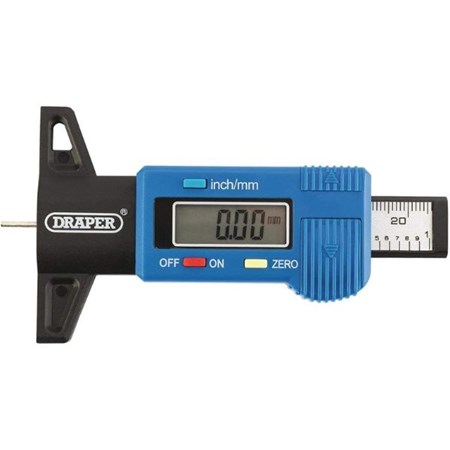Investing in the best tyre tread depth gauge is a advisable for road safety, especially in the ever-changing weather conditions and variable road surfaces in the UK. When the tread wears down, it can reduce the grip of your car’s tyres on the road, making it more difficult to stop in wet and dry conditions and can increase the risk of losing grip while cornering. To ensure your tyres are roadworthy,
The legal minimum tread depth in the UK is 1.6mm, but it is recommended that you replace your tyres when the tread depth reaches 3mm as studies have shown that when treads get below 3mm, stopping distances can increase dramatically, and in an emergency situation, travelling just a few feet extra can make a huge difference in outcome.
Your tyres are the only things connecting your vehicle to the road, so maintaining proper tyre tread depth is a must. Just as you’d ensure the the tyres were inflated enough, you should keep an eye on your tread. To help, we’ve scoured the market and identified seven top-notch tyre tread depth gauges available. Each of these products is unique in its own way, offering different features and benefits to cater to various preferences and budgets.
The best tyre tread depth gauges at a glance
Editor’s choice: Sealey Tyre Tread Depth Gauge – Buy now from Amazon UK
Best easy-to-read display: GODESON Tyre Tread Depth Gauge UK – Buy now from Amazon UK
Best budget digital gauge: Nartel Tyre Tread Depth Gauge – Buy now from Amazon UK
The best tyre tread depth gauges:
Pros
- Durable
- VOSA approved
Cons
- Markings are a bit small
Pros
- Affordable
- Easy to use
Cons
- Not as accurate as some other gauges
Best easy to read display
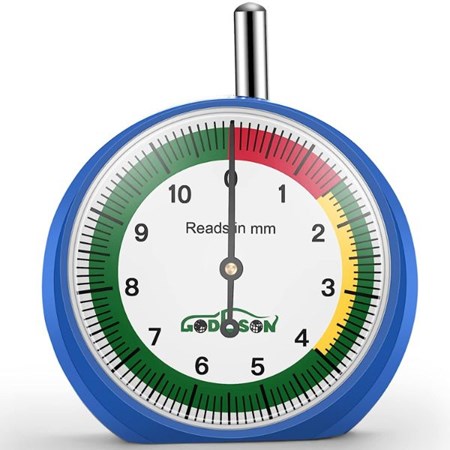

Pros
- Durable construction
- Colour coded display
Cons
- Can be a bit fiddly
Best kit
Pros
- Good value
- Pressure gauge and valve key included
Cons
- The accuracy of the tread gauge could be improved
Best budget digital gauge
Pros
- Large clear display
- Backlight
Cons
- The power button can be activated accidentally
Pros
- Ergonomic, compact and light
- Multi-function
Cons
- Limited battery life
Pros
- Analogue and digital
- Clear display
Cons
- Both digital and analogue readings have to be reset each time
When choosing the best tyre tread depth gauge, it is worth considering the following factors:
Accuracy: The gauge should be accurate to within 0.1mm.
Ease of use: The gauge should be easy to use and read.
Durability: The gauge should be made from durable materials, ABS plastics and metals are commonplace.
Measurement range: The gauge should have a measurement range that is suitable for your tyres.
Some other things that you may want to consider:
Type of gauge: There are two main types of tyre tread depth gauges: analogue and digital. Analogue gauges are less expensive and easier to use, but they may not be as accurate as digital gauges. Digital gauges are more expensive, but they are more accurate and easier to read.
Features: Some tyre tread depth gauges have additional features, such as a backlight or a case. These features can be useful, but they may also add to the cost of the gauge. Some will even double as tyre pressure gauges.
Alex Boyd is a Commercial Content Writer at Bauer Media writing for Parker’s and CAR and loves travel, gardening, DIY and music.
Sign up for the Parkers Newsletter to keep up to date with more of the latest reviews, news, and recommendations from the Parkers team.
Just so you know, whilst we may receive a commission or other compensation from the links on this website, we never allow this to influence product selections – read why you should trust us
Just so you know, we may receive a commission or other compensation from the links on this website - read why you should trust us.



